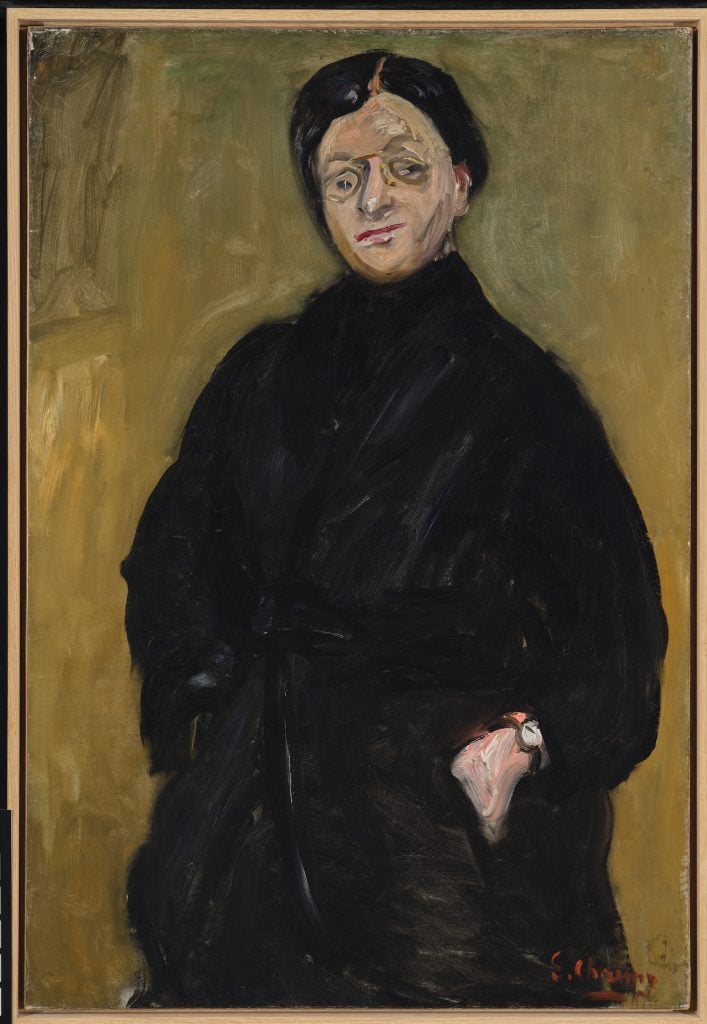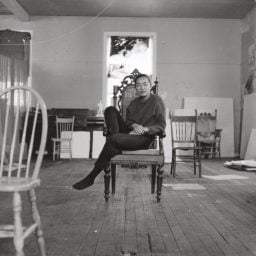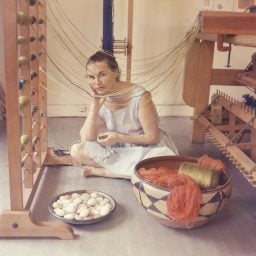The paintings would sometimes still be wet when Berthe Weill rushed to show them at her little Parisian gallery. Why wait, she thought, hanging the fresh artworks from a clothesline with pins. Weill was famously fast and furious during the four decades she ran the Galerie B. Weill, showing only emerging modernist artists (often when they were complete nobodies). It’s no small irony, then, that it’s taken a full decade to retrace Weill’s swift steps and arrange a show about her and the iconic (and long-since dried) canvases that graced her walls.
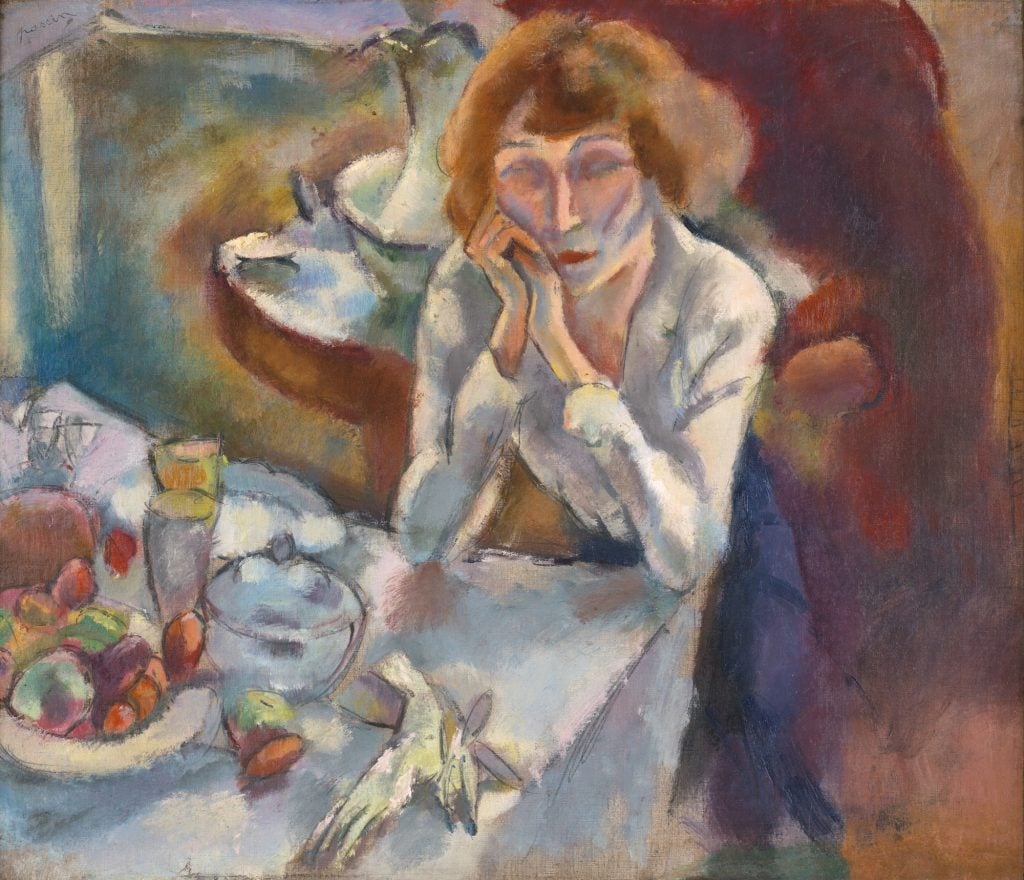
Jules Pascin, Portrait of Madame Pascin (Hermine David) (1915–1916). Philadelphia Museum of Art.
“There’s never been an exhibition on Berthe,” says Lynn Gumpert, director of New York University’s Grey Art Museum, about the exhibition that hopes to set the record straight on Weill’s crucial role in early 20th-century modernism. The show’s title, “Make Way for Berthe Weill” is a play on the phrase she printed on her business cards—“Place aux Jeunes,” which means ‘make way for the young.’ After showing in New York it will travel to its institutional partners, the Montreal Museum of Fine Arts and the Musée de l’Orangerie in Weill’s Parisian hometown.
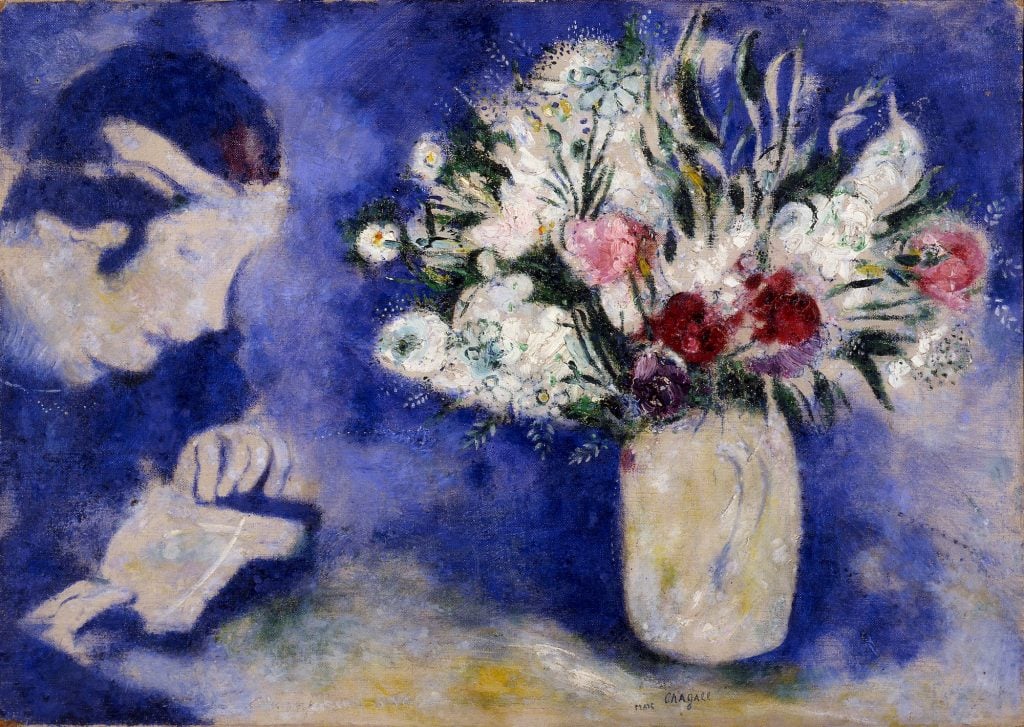
Marc Chagall, Bella à Mourillon (Bella in Mourillon) (1926). Private collection.
The exhibition reassembles some of the many artworks that passed through her gallery—110 paintings, sculptures, drawings, and prints by artists such as Marc Chagall, Pablo Picasso, André Derain, Diego Rivera, Henri Matisse, Aristide Maillol, Fernand Léger, Raoul Dufy, Émilie Charmy, Suzanne Valadon, and others. It also includes materials such as her correspondence, exhibition catalogues, photographs, and journals.
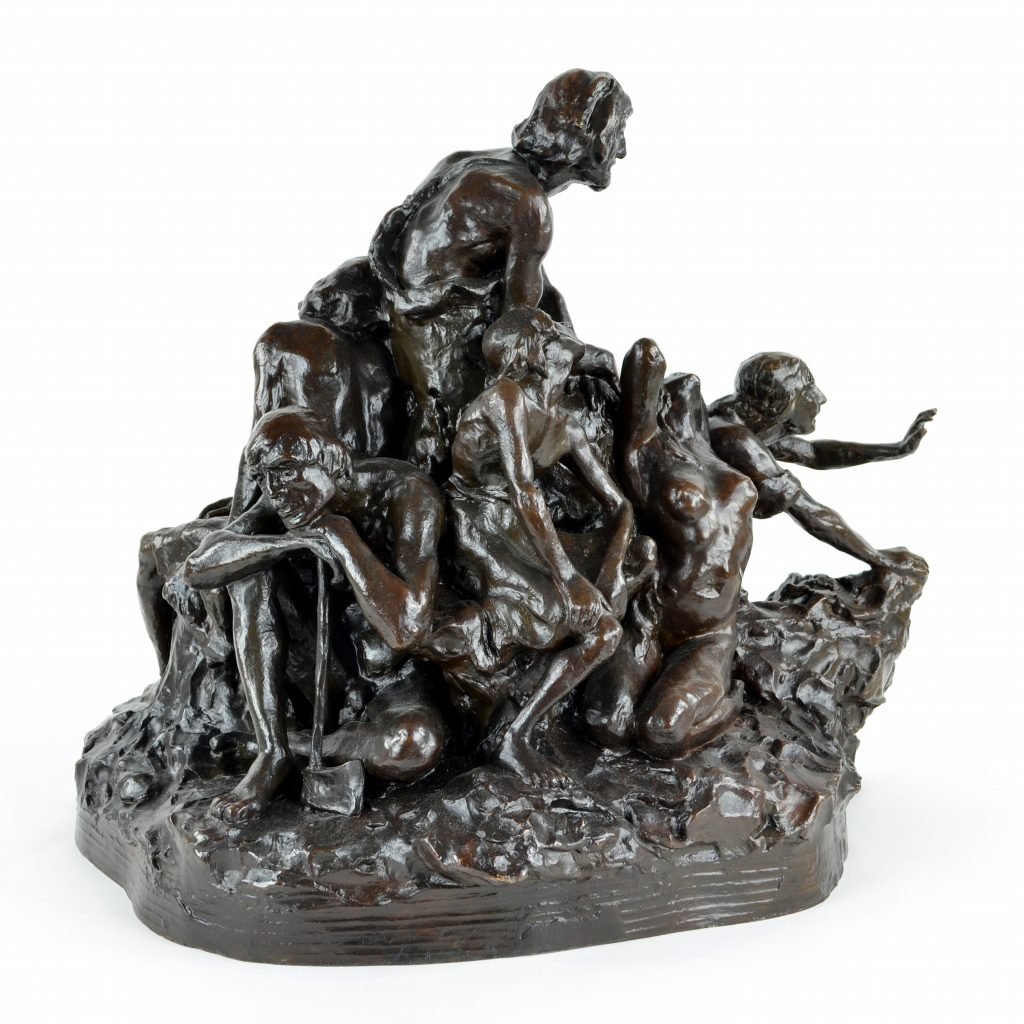
Meta Vaux Warrick Fuller, The Wretched (1901). Maryhill Museum of Art, Goldendale, Washington.
One notable work in the exhibition is The Wretched (1901), a bronze sculpture by Harlem Renaissance artist Meta Vaux Warrick that Weill exhibited at her gallery’s 1901 inaugural show. A rare example of Warrick’s early work (much of which was destroyed), it’s also a testament to Weill’s efforts to platform women—of the 149 solo shows at Galerie B. Weill, 29 were dedicated to women.
Weill’s track record of giving early opportunities to the artists that now define modernist art history is unparalleled. In 1902 she showed works by Picasso and Matisse, selling Picasso’s first works in Paris and making Matisse’s first sale through a dealer. She showed Francis Picabia in 1904, around the time that she exhibited all the Fauves (before they were even nicknamed Fauves, in 1905). Weill held a debut exhibition for Suzanne Valadon in 1913, the only solo exhibition for Diego Rivera during the decade he lived in Paris, as well as the only lifetime solo show for Amedeo Modigliani.
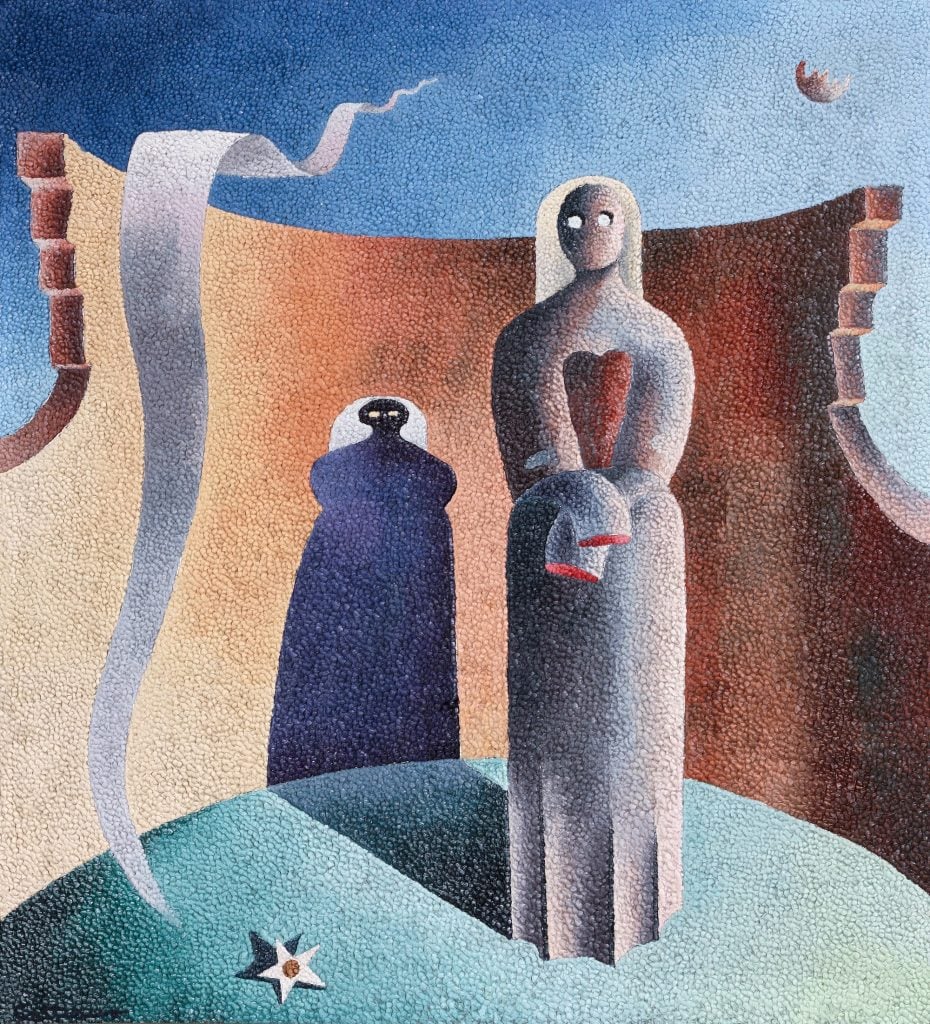
Louis Cattiaux, La Vierge attentive (The Attentive Virgin), also known as La Vierge à l’étoile (Virgin with star) (1939). Collection Guieu, Jouques, France
In hindsight, the quality of Weill’s taste is obvious. But when she was taking endless risks on artists no one had ever heard of, nothing was clear. At the end of Weill’s autobiography, originally published in 1933 and released in English translation in 2022, she wrote that her book was a response to those who said, “‘Ah, Mademoiselle Weill, you must be rich, seeing all the things that have passed through your hands.’ Those are the same people who never dared take a chance on works by unknown artists; who pitied me for my perseverance; who sniggered at the sight of works they didn’t understand then and still don’t understand today.” (In addition to having nerve and an impeccable eye, Weill notoriously didn’t mince words.)
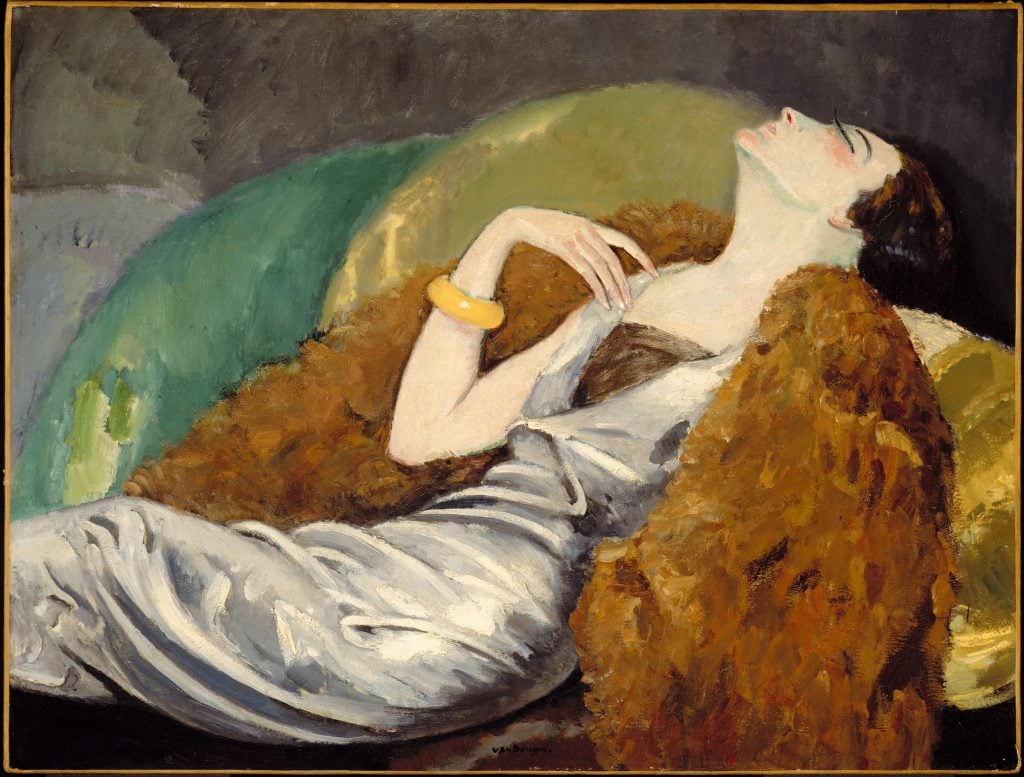
Kees van Dongen, La Femme au canapé (Woman on a sofa) (c. 1920). Montreal Museum of Fine Arts.
Weill faced the challenge of her choices being misunderstood, along with misogyny and antisemitism. Beyond being one of few women art dealers in her day, she opened her gallery in the middle of the Dreyfus Affair and was forced to shutter it during the Nazi occupation of France.
The importance of this dealer you’ve probably never heard of can also be determined by the artworks that aren’t in the exhibition. Several paintings that no one wanted to show when Weill did, are now too costly to borrow for an exhibition about her. Picasso’s Moulin de la Galette (ca. 1900) at New York’s Solomon R. Guggenheim Museum, for example, isn’t far from the Grey Art Museum but the insurance to loan this now prized painting is too prohibitive. (Weill sold it, right after it was painted, to collector and newspaper publisher Arthur Huc for 250 francs.) In fact, many of the canvases that hung from clothespins or on the walls of Weill’s little shop have ended up in illustrious institutional collections.
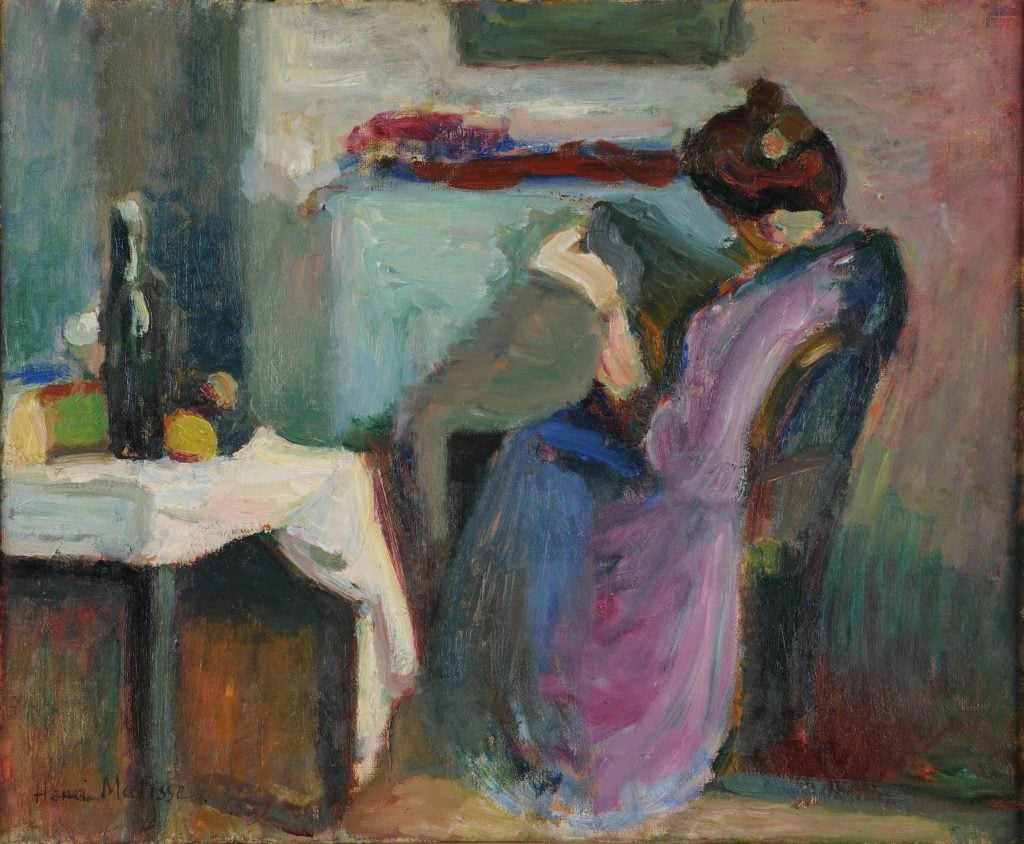
Henri Matisse, Liseuse en robe violette (Reading woman in a violet dress) (1898). Musée des Beaux-Arts, Reims, France.
“A legitimate question then arises,” writes French scholar and founder of the Berthe Weill Archive, Marianne Le Morvan, in the scholarly exhibition catalog accompanying the exhibition. “What would have become of all these artists without Berthe Weill’s support?”
Many of the artists she supported did famously well, moving on to more established dealers and cementing their importance in museum collections and books. Weill, on the other hand, died in poverty and obscurity, and with no heirs to care for her legacy was soon forgotten. This exhibition hopes to help change that.
“I don’t want anyone pitying my fate because, as I’ve said before, I chose this line of conduct myself,” Weill wrote in her memoir, titled Pow! Right in the Eye! “So I only have myself to blame … except that I don’t regret anything!”
